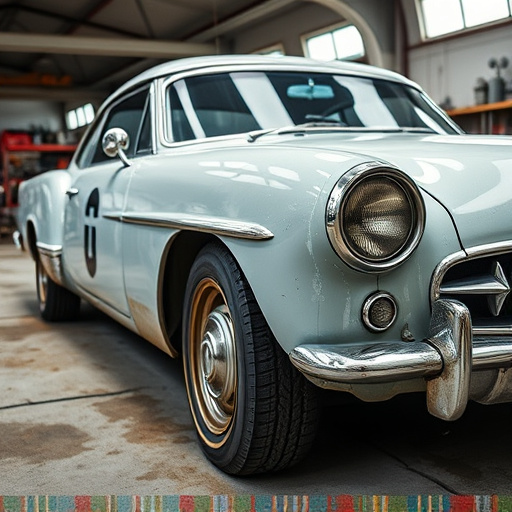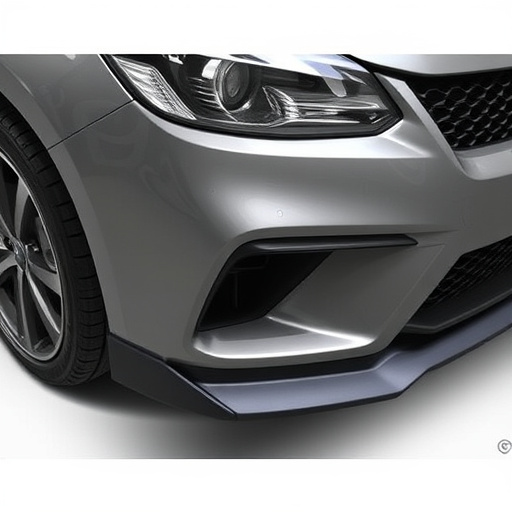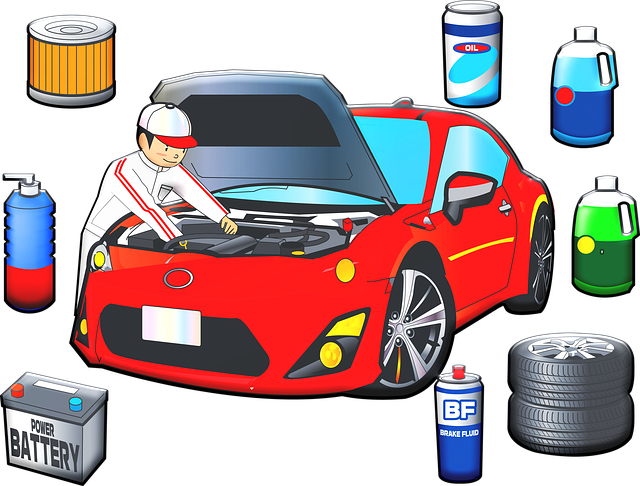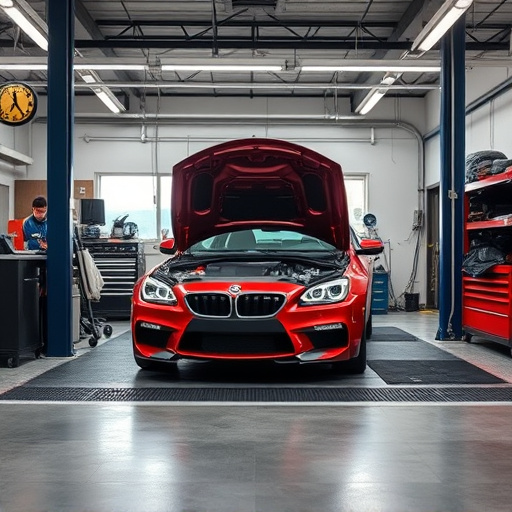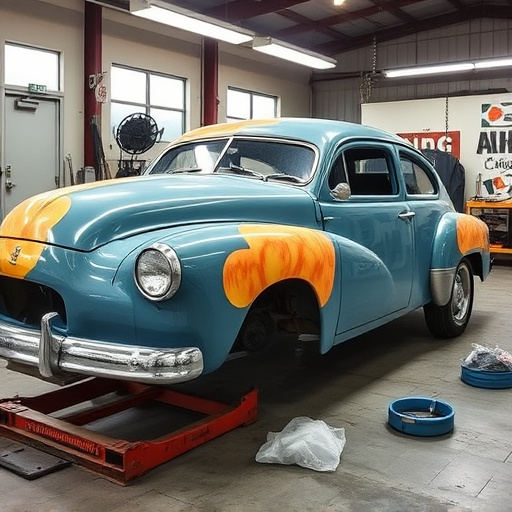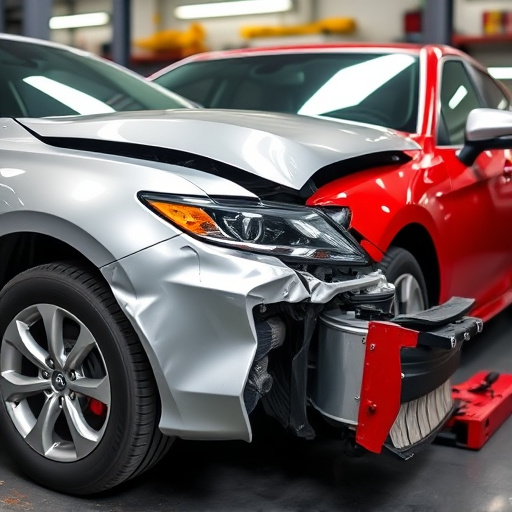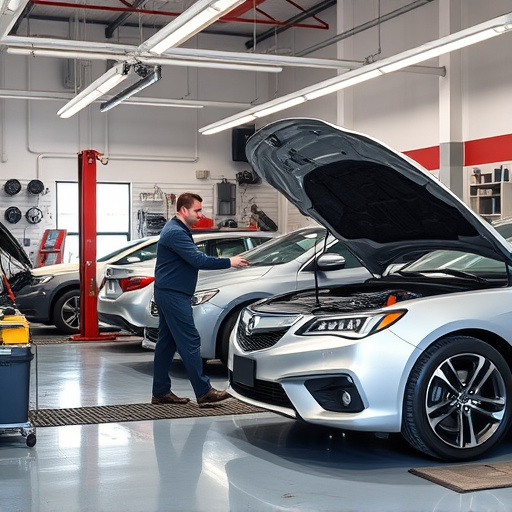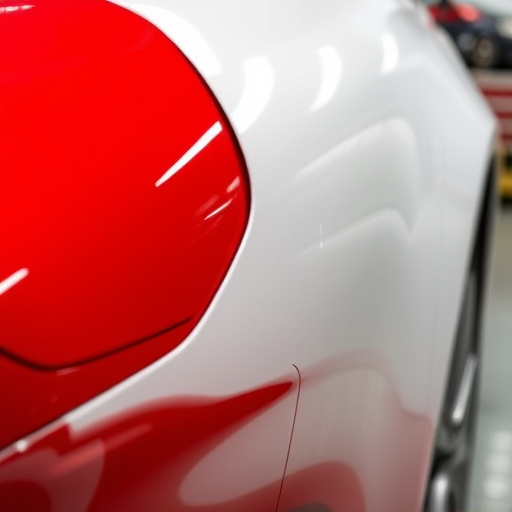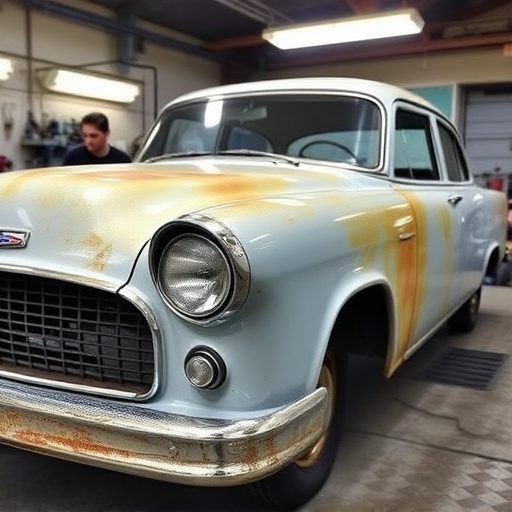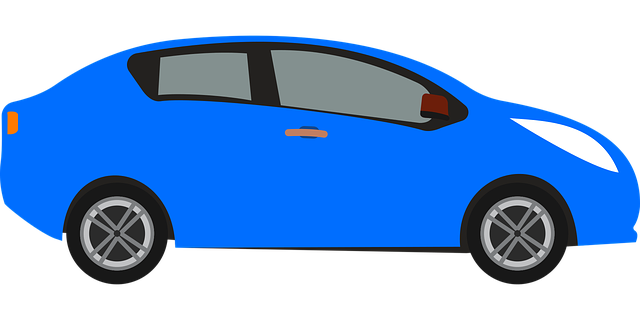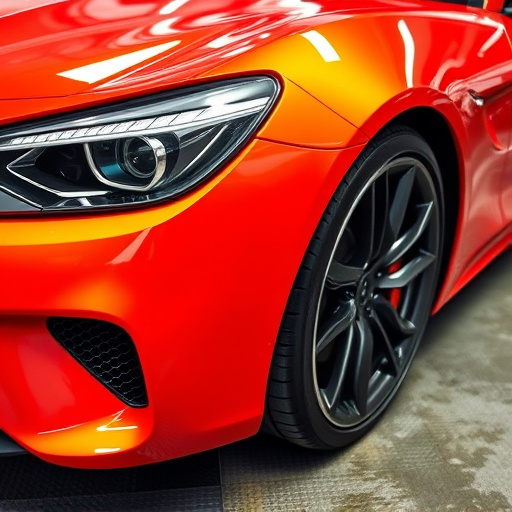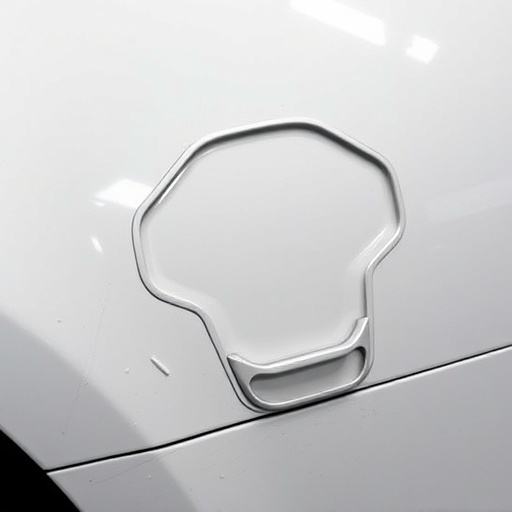Mercedes frame alignment technology ensures precise camera and sensor placement within a vehicle's structure, crucial for modern body work and advanced driver assistance systems (ADAS). This process leverages advanced algorithms and sensors to map the frame with millimeter precision, enabling thorough inspections, repairs, and seamless auto glass installation. Proper alignment enhances safety features like lane-keeping assist and collision avoidance, making it vital for autonomous driving and expert car repair techniques.
Mercedes Frame Alignment is a cutting-edge technology ensuring precise camera and sensor positioning in modern vehicles, particularly crucial for autonomous driving systems. This innovative system plays a pivotal role in enhancing safety and efficiency by maintaining optimal sensor orientation, enabling accurate mapping and navigation. By understanding the mechanics of Mercedes frame alignment, we uncover how it contributes to the overall performance and reliability of advanced driver assistance systems (ADAS) and autonomous vehicles.
- Understanding Mercedes Frame Alignment Technology
- The Role of Alignment in Camera and Sensor Performance
- Benefits and Impact on Autonomous Driving Systems
Understanding Mercedes Frame Alignment Technology

Mercedes Frame Alignment Technology is a cutting-edge system that ensures the precise positioning of cameras and sensors within a vehicle’s structure. This technology plays a pivotal role in modern automotive body work, especially during auto collision repair and auto glass replacement processes. By aligning the frame accurately, these advanced systems enable thorough inspections and repairs, guaranteeing both structural integrity and optimal sensor functionality.
The technology leverages sophisticated algorithms and sensors to map the vehicle’s frame with millimeter precision. This detailed alignment data allows auto collision centers to perform intricate adjustments, rectifying any misalignments caused by accidents or regular wear and tear. Moreover, it ensures that new auto glass installations align seamlessly with the vehicle’s design, enhancing both aesthetic appeal and safety features like camera and sensor accuracy for advanced driver-assistance systems (ADAS).
The Role of Alignment in Camera and Sensor Performance

Mercedes frame alignment plays a pivotal role in ensuring the optimal performance of a vehicle’s cameras and sensors. Precise alignment is crucial for maintaining accurate data capture and interpretation by these critical systems, which are increasingly integrated into modern automobiles for advanced driver assistance systems (ADAS) and autonomous driving capabilities. Even minor misalignments can lead to skewed or inaccurate sensor readings, compromising safety features such as lane-keeping assist, adaptive cruise control, and collision avoidance systems.
Proper frame alignment involves meticulously adjusting the position of various components, including cameras and sensors, relative to the vehicle’s structure. This meticulous process, often performed by skilled technicians using specialized equipment, aligns not just the physical positioning but also ensures consistent calibration across all sensors. By minimizing errors in frame alignment, autobody repairs become more precise, enabling cars to navigate through complex environments with enhanced safety and efficiency. It’s a key step in ensuring that a vehicle’s cameras and sensors function seamlessly, even after potential damage from car collisions or other accidents, requiring expert car body repair techniques.
Benefits and Impact on Autonomous Driving Systems

Mercedes frame alignment plays a pivotal role in enhancing the accuracy of camera and sensor positioning, which is paramount for autonomous driving systems. By ensuring structural integrity and precise geometry, this process directly contributes to the reliability and safety of self-driving cars. When a vehicle undergoes frame alignment, any deviations or misalignments are corrected, guaranteeing that sensors and cameras capture consistent and accurate data. This, in turn, allows advanced driver assistance systems (ADAS) to function optimally, enabling features like lane keeping, collision avoidance, and pedestrian detection.
The impact of correct Mercedes frame alignment on automotive repair services is significant, especially when coupled with modern vehicle bodywork techniques and tire services. It not only extends the lifespan of these critical components but also enhances their performance. Misaligned frames can lead to inconsistent sensor readings, affecting the overall perception of a vehicle’s surroundings. By addressing this at the outset, manufacturers and professional repair shops alike ensure that autonomous driving systems operate seamlessly, paving the way for safer and more efficient transportation in the future.
Mercedes frame alignment technology plays a pivotal role in enhancing the accuracy of camera and sensor positioning, which is crucial for autonomous driving systems. By ensuring precise alignment, these advanced systems can deliver superior performance, enabling safer and more reliable navigation. This innovative approach from Mercedes further solidifies their position as a leader in automotive technology, setting new standards for self-driving vehicles.
